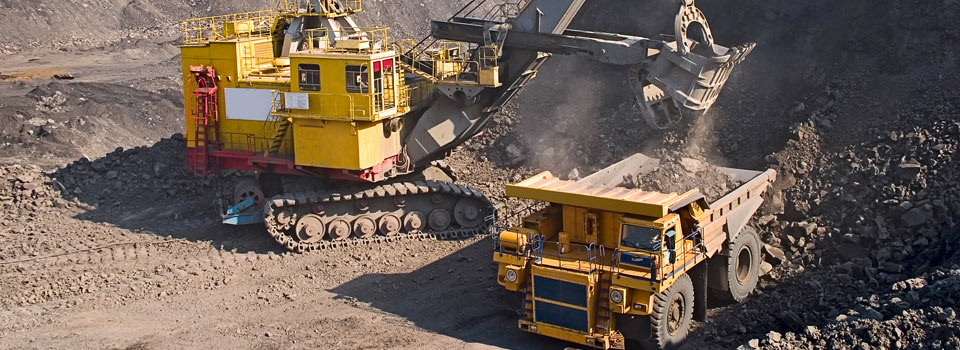
Jittery stock markets and ongoing disappointment over United States/China trade developments continued to put either a cap on the base metals – the exception being tin that broke higher at the start of this week – or keep them under pressure, in the likes of nickel and aluminium.
The three-month base metals prices on the London Metal Exchange were on divergent paths this morning, Tuesday November 20, with copper off by 0.5% at $6,225 per tonne, lead up by 0.3%, while nickel was rebounding with a 1% gain, having earlier this morning matched Monday’s low for the year at $11,175 per tonne. The other metals were little changed.
Volume has been below average with 4,334 lots traded as at 6.54am London time.
Gold and silver prices were off by 0.1% and 0.2% respectively this morning, with the former at $1,223.40 per and the latter at $14.38 per oz, which puts the gold/silver ratio in high ground at 1:85. Platinum and palladium prices were up by 0.4% and 0.3% respectively.
In China this morning, the January contracts for base metals prices were for the most part weaker, the exception being copper that was up slightly at 49,640 yuan ($7,148) per tonne. The rest were off by an average of 0.4%.
Spot copper prices in Changjiang were up by 0.1% at 49,690-49,970 yuan per tonne and the LME/Shanghai copper arbitrage ratio has eased to 7.98 from 8.00 on Monday.
In other metals in China, the January iron ore contract on the Dalian Commodity Exchange was down by 1.8% at 490.50 yuan per tonne. On the SHFE, the January steel rebar contract was off by 2.3%.
In wider markets, spot Brent crude oil prices were weaker, down by 0.98% at $66.31 per barrel. The yield on US 10-year treasuries was weaker at 3.0574%, while the German 10-year bund yield was also weaker at 0.3650%, which also suggests a degree of risk-off.
Asian equity markets were weaker across the board on Tuesday, as they followed the US tech sector’s fall on Monday: the Nikkei (-1.09%), Hang Seng (-1.98%), the CSI 300 (-2.31%), the Kospi (0.86%) and the ASX 200 (-0.38%).
This follows weak performances in Western markets on Monday; in the US, the Dow Jones closed down by 1.56% at 25,017.44 and the Nasdaq Composite was down 3.03%, while in Europe, the Euro Stoxx 50 was down 0.64% at 3,160.33.
The dollar index is weakening again, it was recently quoted at 96.18, this after a high of 97.70 on November 12. Conversely, the euro (1.1456) and yen (112.48) are rebounding, while sterling (1.2851) and the Australian dollar (0.7285) are consolidating.
The yuan is holding in low ground at around 6.9403. Most of the other the emerging currencies we follow are either firmer, or are holding near recent high ground, the exceptions being the ringgit and peso that are near low ground. The limited fresh stress in emerging currencies suggests the risk-off being seen is focused on mature markets.
On today’s economic agenda, the German producer price index (PPI) has eased to 0.3%, from a previous reading of 0.5%, while later there is data on UK inflation and industrial order expectations and US building permits and housing starts. In addition, there is an EU Economic and Financial Affairs Council (Ecofin) meeting and Bundesbank President Jens Weidmann is speaking.
Given the fallout in global equities and disappointment over lack of light in the US/China trade tunnel, the base metals are for the most part holding up reasonably well this morning – even nickel is managing to bounce off lows. On the charts, tin leads on the upside and copper, zinc and lead look the best placed to follow tin, while nickel and aluminium are focused on finding a floor. Key will be whether overhead supply is waiting to sell into the strength. For now US/China trade uncertainty dominates, but while a lack of progress on trade is dampening sentiment, the fundamentals continue to tighten. At some stage a better outlook on trade is expected to unleash considerable pent-up demand – but for now it remains a waiting game.
Gold prices have rebounded after the recent correction and prices are looking firmer again, no doubt helped by the weaker dollar. With equities under pressure there may be some pick-up in haven asset interest that could underpin gold and the other precious metals, although palladium is already near records highs on inherent fundamental strength.
